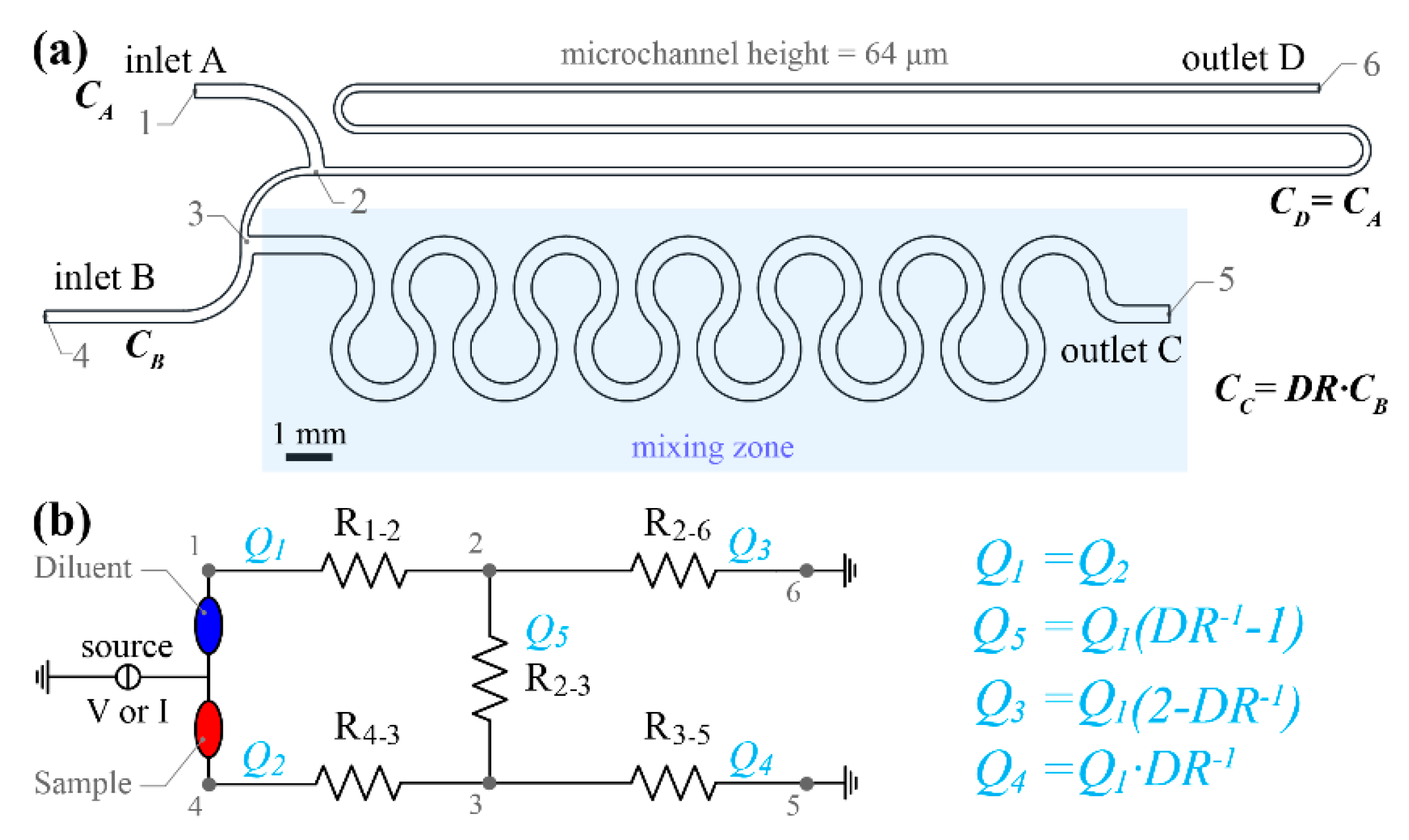
Serial Dilution Sources Of Error In Measurement Physics
The punisher pc game download. The smallest serial dilution process is three 1.00 to 10.0 dilution steps. This dilution sequence results in about twice the measurement uncertainty. However, three 5.00 to 50.0 dilution steps or three 10.00 to 100.0 dilution steps could also be used to achieve the same dilution. IC50 assays, commonly used to evaluate drug efficacy, and assay development procedures, as well as standard-curve generation, involve the serial dilution of compounds, proteins, or detection agents.
Constant errors can, however, be identified and eliminated in various ways. If you compare your own experimental results with other results obtained by someone else using a different procedure or different equipment, you may find that a constant error becomes apparent. Similarly, you may find that adjusting, or calibrating, your procedure or equipment or both is necessary to produce the desired result. Under certain conditions, a measuring instrument itself may alter the physical quantity that it is intended to measure. If you connect a voltmeter -- a device for measuring the potential difference between two points -- to a circuit carrying low current or high voltage, the voltmeter itself becomes a major component of the circuit and affects the voltage measurement. Note the difference between a precise measurement and an accurate measurement.
An instrument or vessel with incorrect divisions, or graduations, on its measuring scale will provide a precise measurement, but one with a constant error caused by the inaccuracy of the graduations. This type of constant error can be eliminated by carrying out your experimental procedure on a reference quantity -- for which the accurate result is already known -- and applying any necessary correction to unknown quantities.

Certain types of measuring equipment including ammeters, voltmeters, stop watches and thermometers may suffer from a specific type of constant error known as a “zero error.” An ammeter -- a device for measuring electrical current in amperes -- should theoretically read exactly zero when no current if flowing; in practice, though, the device may read slightly higher or lower. Skachatj knigu proektnie zadachi v nachaljnoj shkole. This type of constant error is straightforward to correct because even if the equipment cannot be reset to zero, the zero error can be added to or subtracted from any subsequent measurements.